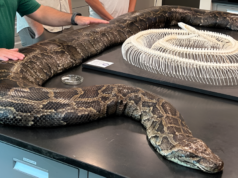
In 2024, a rocket launched every 34 hours, altogether producing a substantial amount of fire and smoke headed into space. But with more launches this year, what will the impact on wildlife and the planet be? Let’s take a look.
A Record-Breaking Year
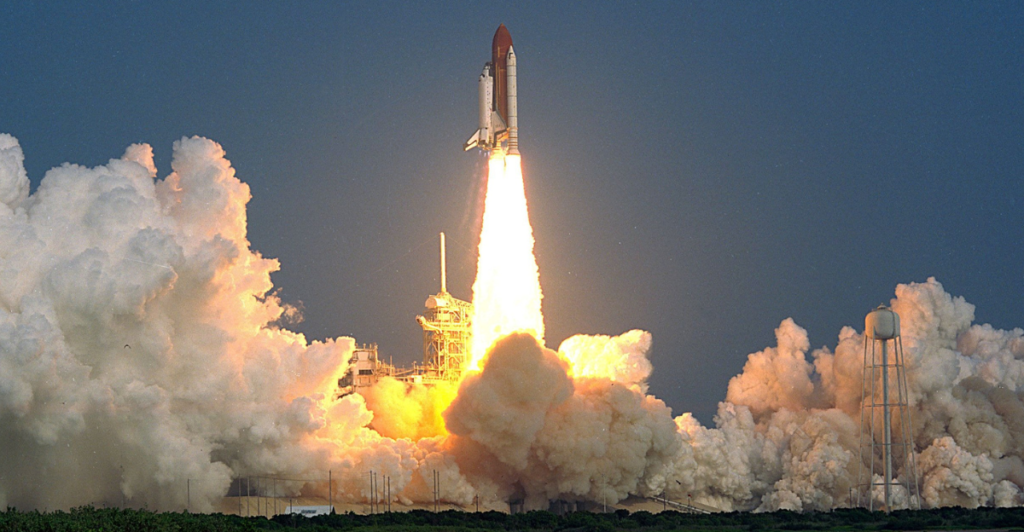
There were 259 rocket launches worldwide last year. More than half of them were SpaceX, launched in order to construct its Starlink network. The U.S. led 2-to-1 over China. And with new participants in the drive, 2025 will be even bigger.
Rockets and the Atmosphere
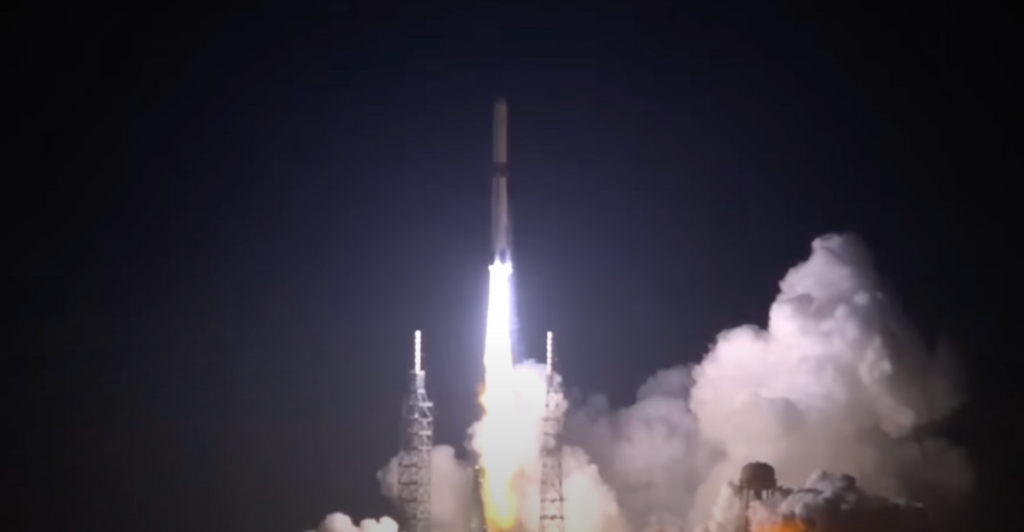
Rocket launches release considerable amounts of carbon dioxide and other toxins into the atmosphere. Some rockets, like SpaceX’s Falcon 9, burn RP-1 (a refined type of kerosene) generate soot. Blue Origin’s New Glenn burns liquid hydrogen, which is cleaner, but still not exactly eco-friendly.
Ozone Depletion Concerns
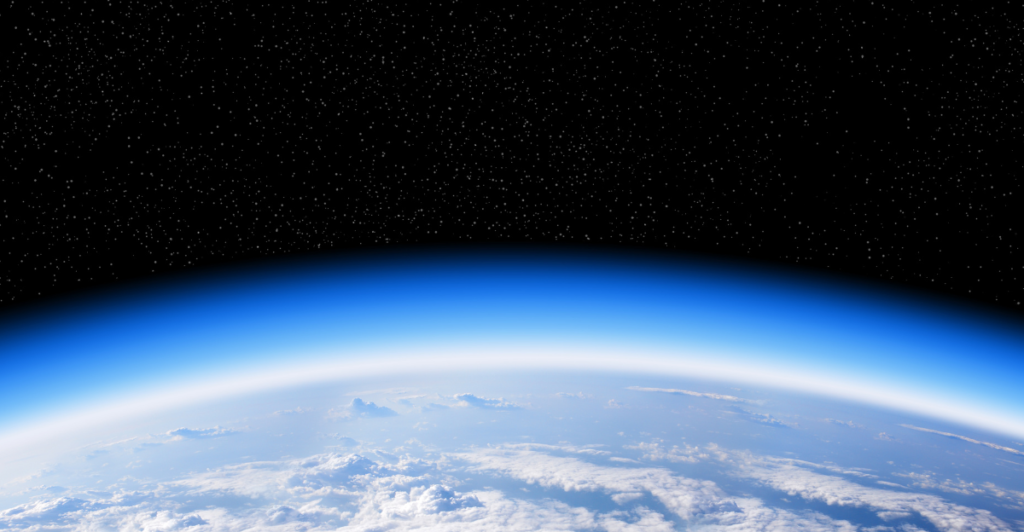
Solid-fueled rockets, transported by commercial and military vehicles, emit chlorine-based compounds that damage the ozone layer. Although less problematic than industries or cars, more launches could be a growing concern for the planet, contributing to ozone depletion.
Wildlife Near Launch Sites
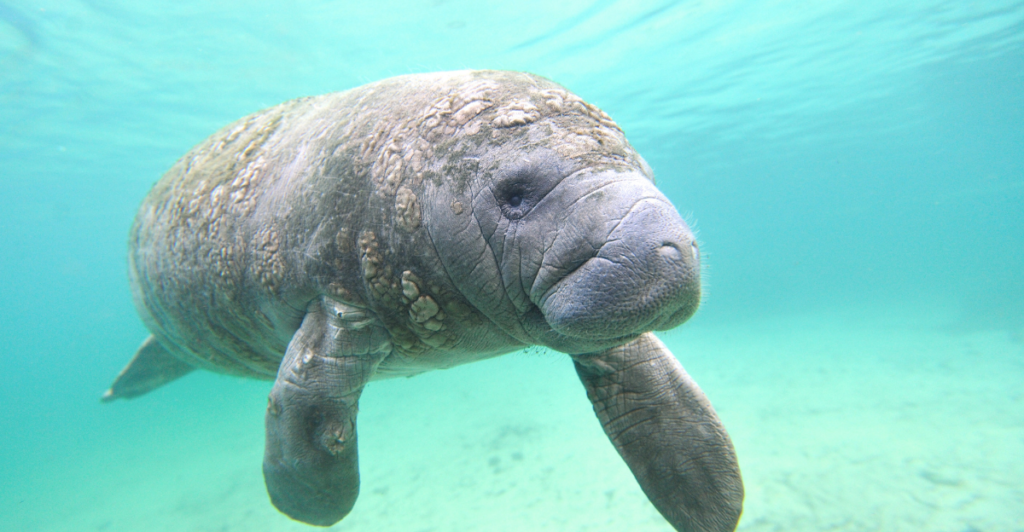
Cape Canaveral, the place for 93 launches in 2024, is also the home of sea turtles, manatees, and over hundreds of species of birds. The severe noise, earth tremblings and environment disruption because of launches can stress the animals which affects their mating, feeding and migration.
Falling Debris and Ocean Pollution
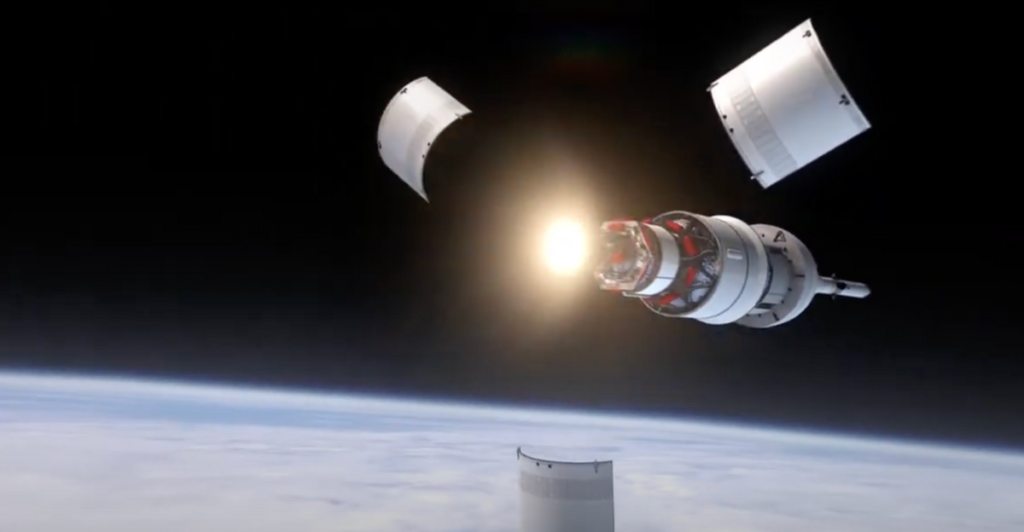
Rocket stages don’t disintegrate. They can burn up in the atmosphere or fall into oceans or the wilderness, sometimes carrying toxins. More launches lead to more debris, like remaining propellants and jettisoned rocket stages, some of which end up in the sea. This debris could be contributing to pollution and endangering marine life.
The Space Junk Problem

It’s not just Earth being affected. Satellites that are no longer functional, for instance, create space junk. Spent rocket stages, dead satellites and tiny debris are affecting our planet’s orbit and are increasing the chances of collisions.
Climate Change and Rocket Fuel
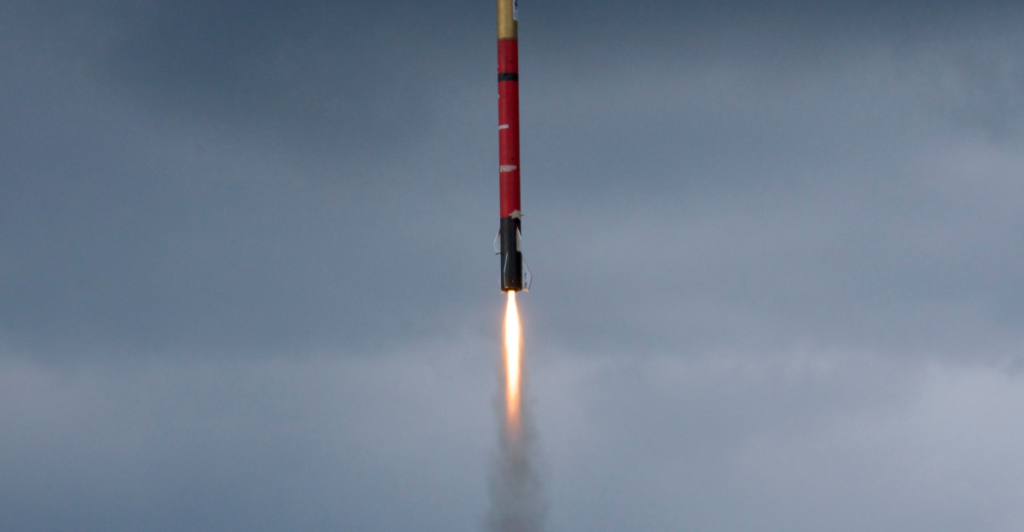
Even though rockets aren’t as big of a contributor to global warming as cars or planes, their emissions still have an impact. Rocket soot can build up in the stratosphere and hold in heat. If the launch rate continues to rise, it could become a factor in climate change.
Companies Say They’re Going Greener
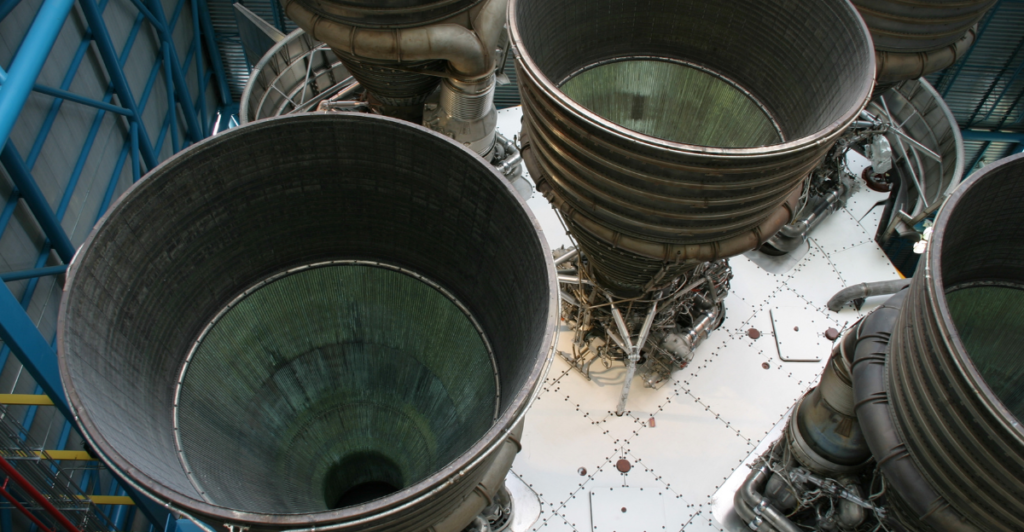
SpaceX is testing new fuels, Blue Origin uses liquid hydrogen engines, and Europe is looking into reusable rockets. While cleaner rockets and reusable launchers reduce emissions and waste, an increasing amount of launches continue to contribute to space junk and raise long-term environmental concerns. Green policies, enhanced debris management, and stricter controls are necessary to limit harm as the space industry expands.
Is There a More Eco-Friendly Way?

Scientists are investigating other options such as electric propulsion and biofuels. Another possibility is launching rockets from high-altitude balloons in order to reduce emissions. These ideas might sound futuristic, but they could be the key to sustainable spaceflight.
The Balancing Act

Space exploration will continue for science, communication, and observing Earth, but we must balance progress against preserving our home planet.
What Can Be Done Now?
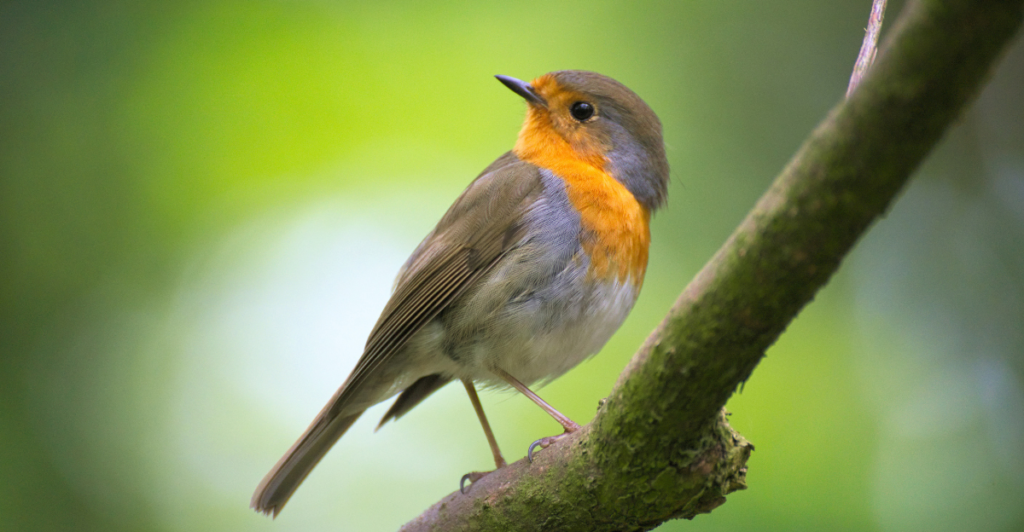
Governments and companies can enforce stricter environmental laws, invest in more eco-friendly technology, and monitor wildlife near launch areas. As spaceflight grows, so should our commitment to reducing its footprint.
The Future of Space and Earth
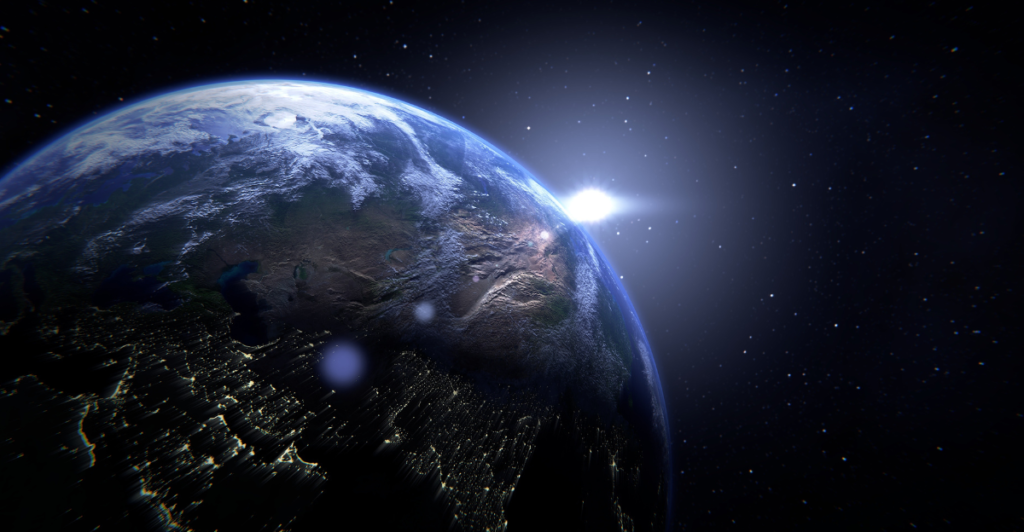
Space travel and rocket launches are only growing. With great power, however, comes great responsibility. If we want a future in which space travel can thrive without harming our planet, we need to start thinking about sustainability immediately.
Discover more of our trending stories and follow us to keep them appearing in your feed

California Is Breaking Apart: A Fault Line Is Forming Faster Than Anyone Predicted
Concerns Mount as Largest Dolphin Pod Ever Recorded Headed For California
Philanthropist Promises To Cover $771.23M Annually After US Exit From Climate Accords
The War on Cows Is Over—And Green Extremists Have Lost
References:
Reference 1
Reference 2
Reference 3
This article first appeared here
Stay connected with us for more stories like this! Follow us to get the latest updates or hit the Follow button at the top of this article, and let us know what you think by leaving your feedback below. We’d love to hear from you!


